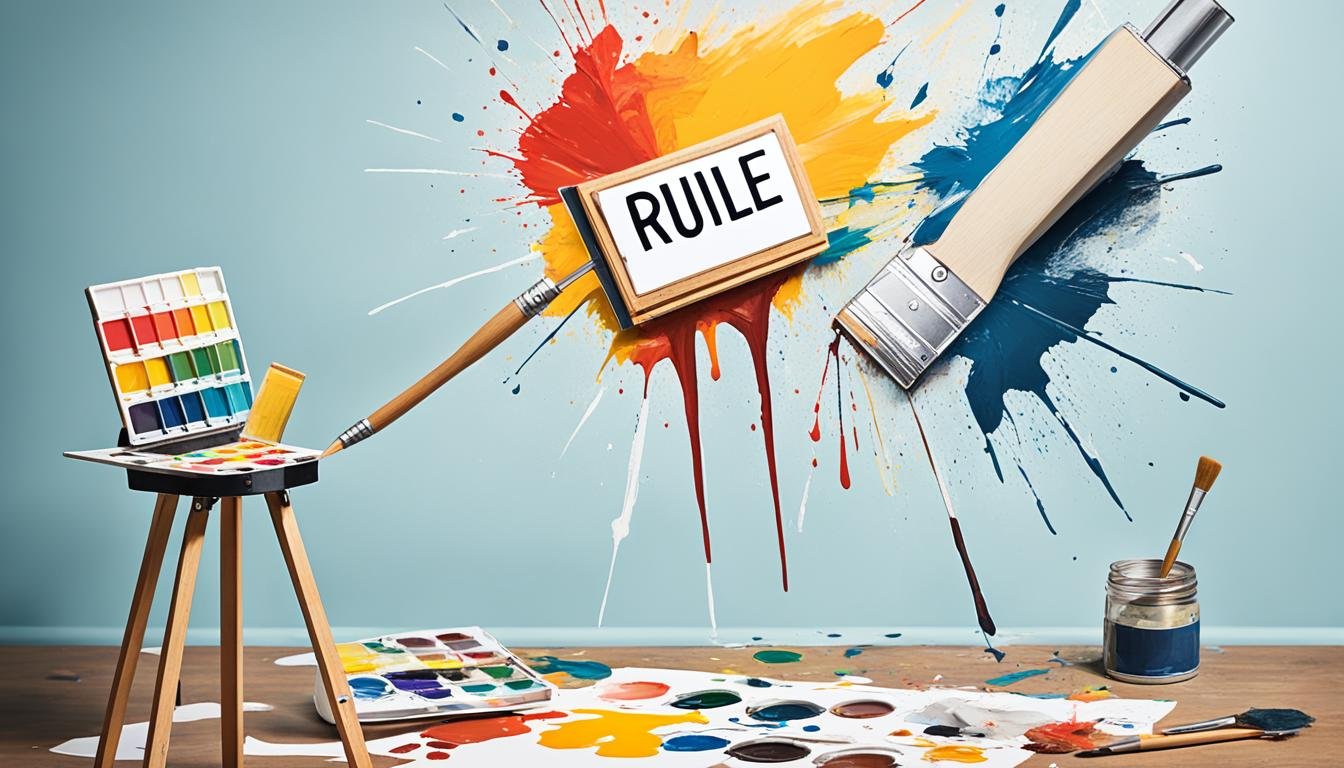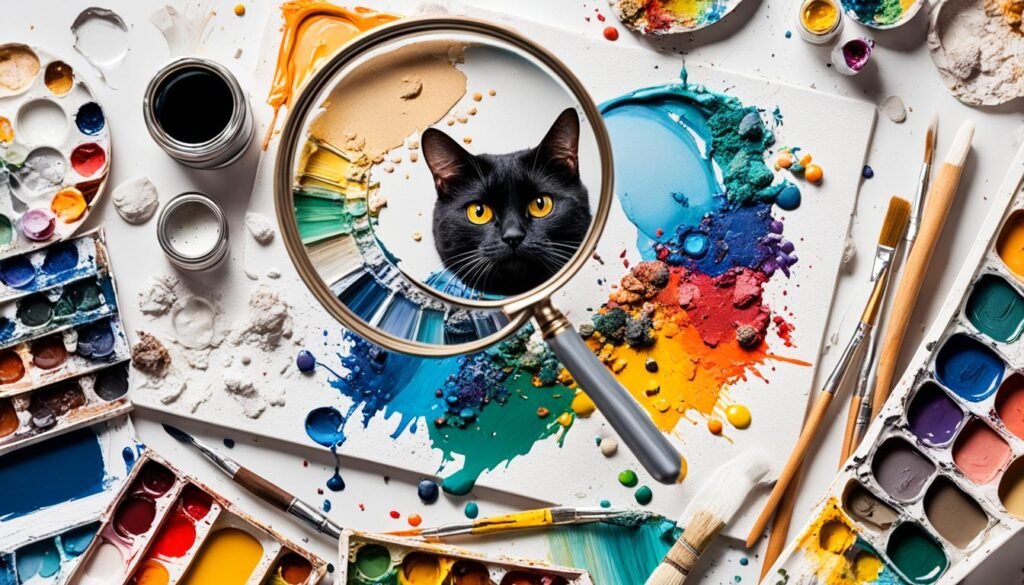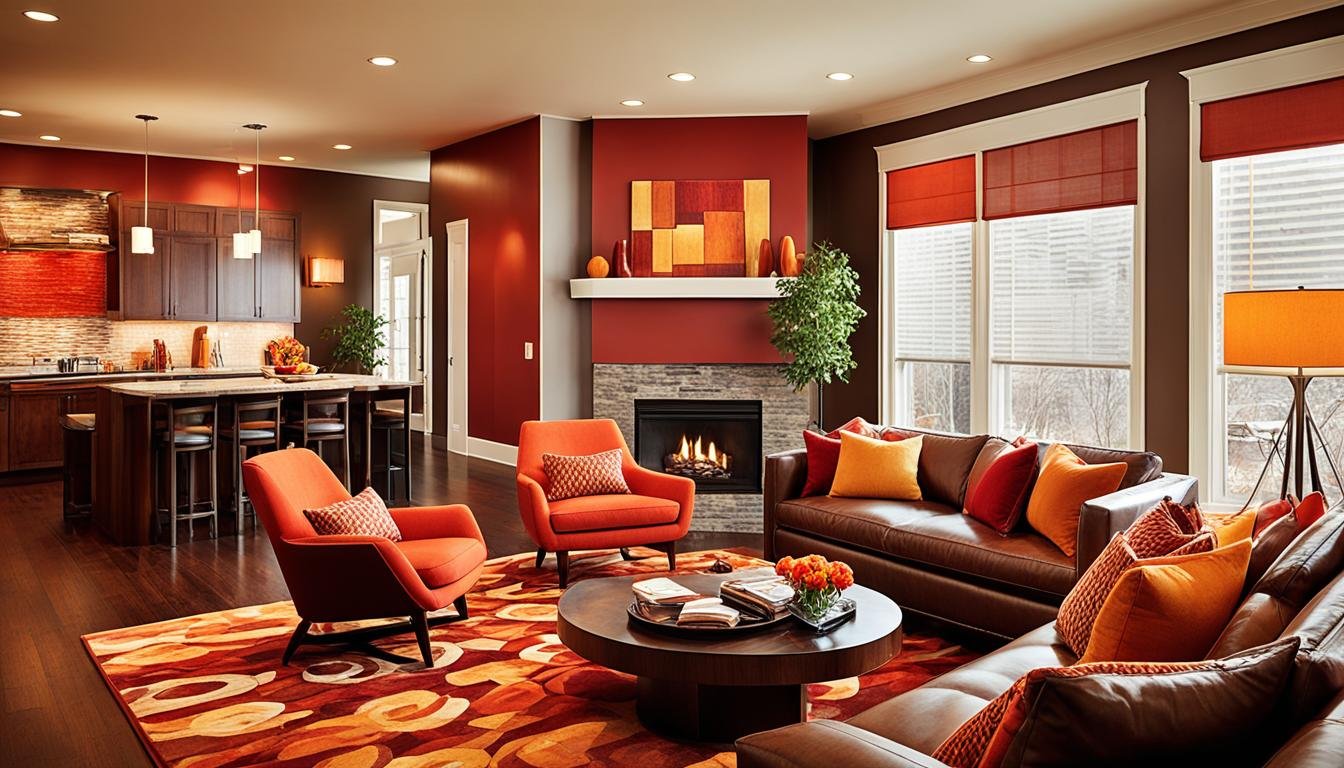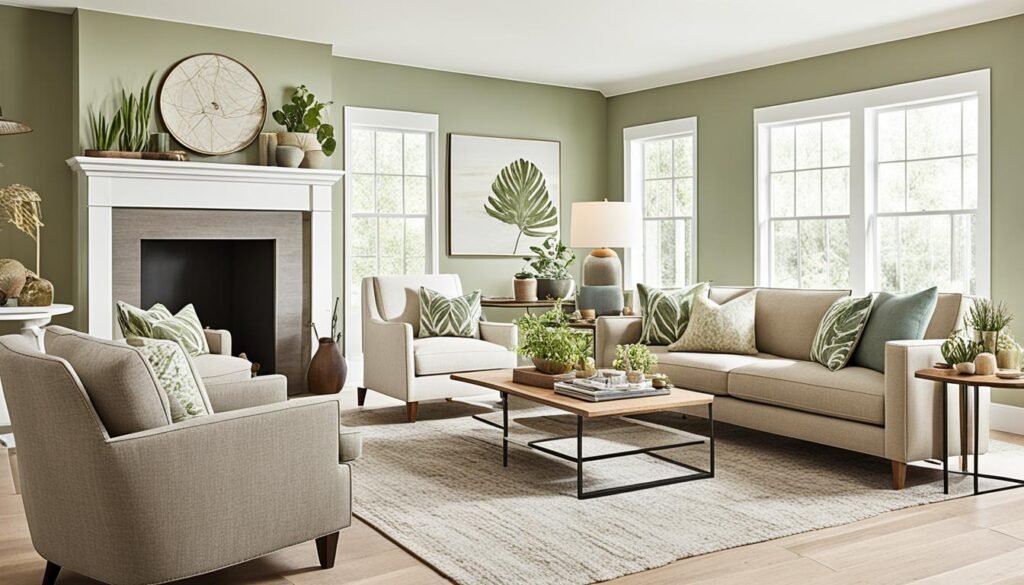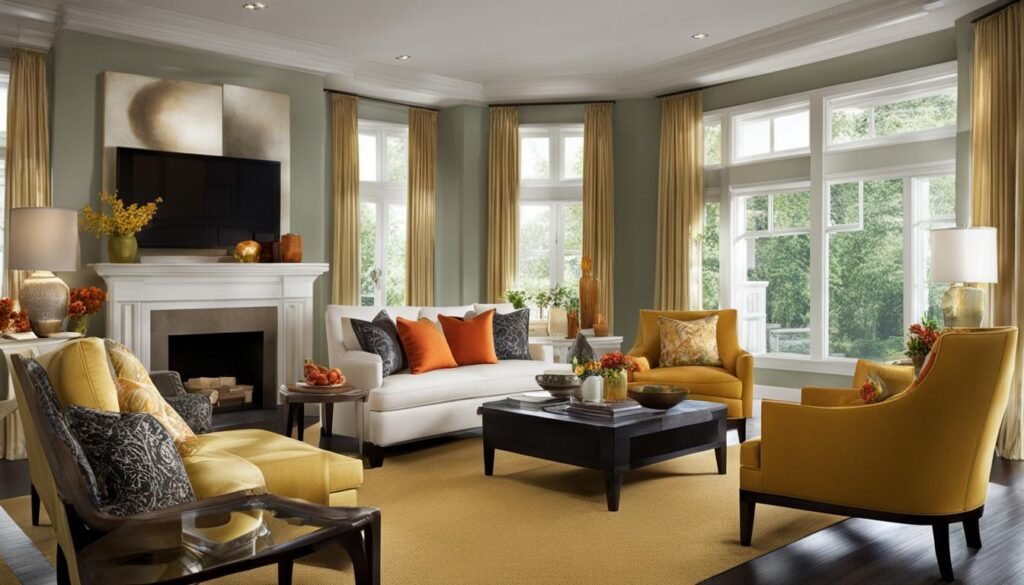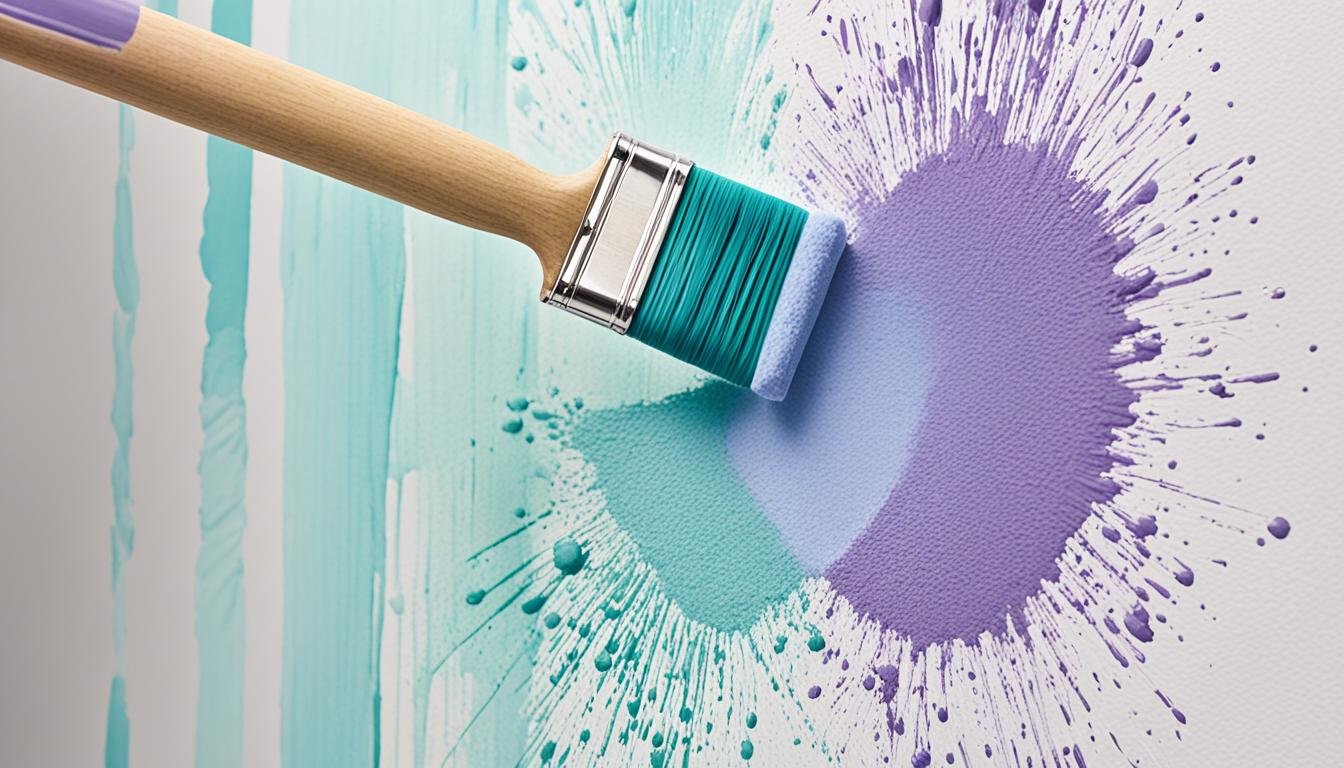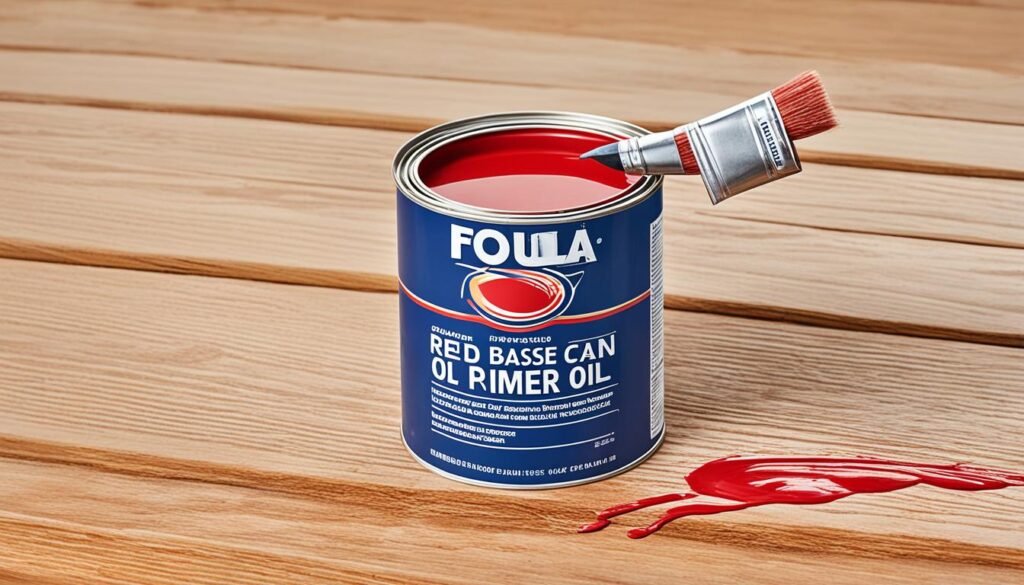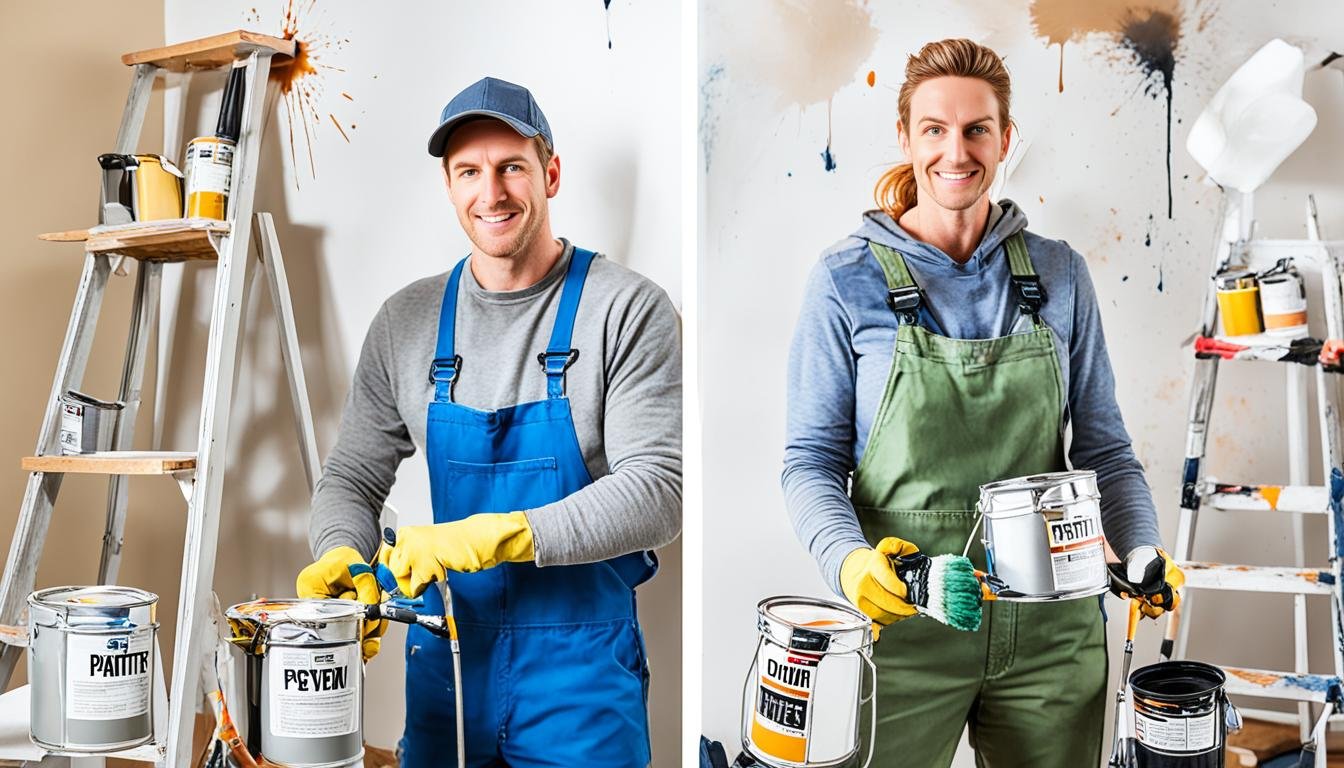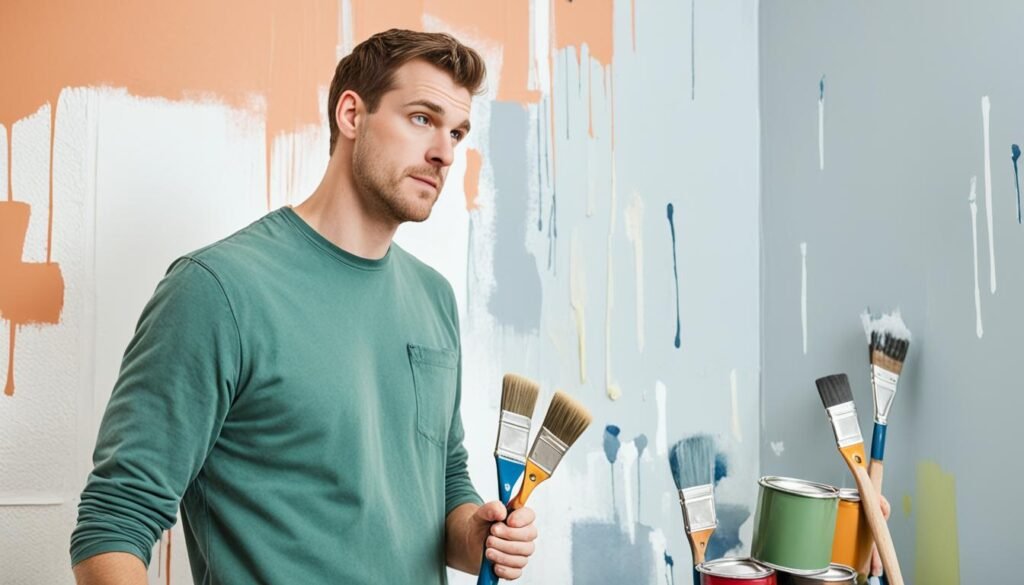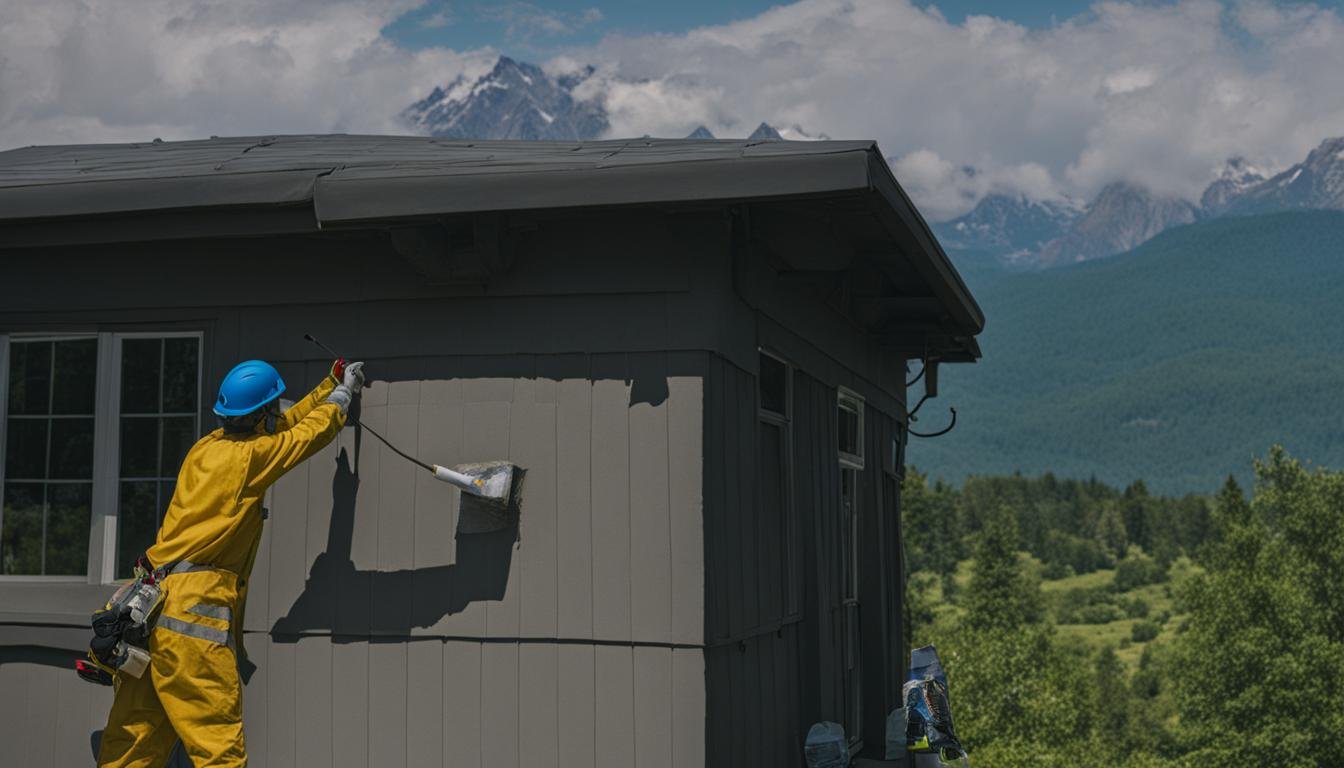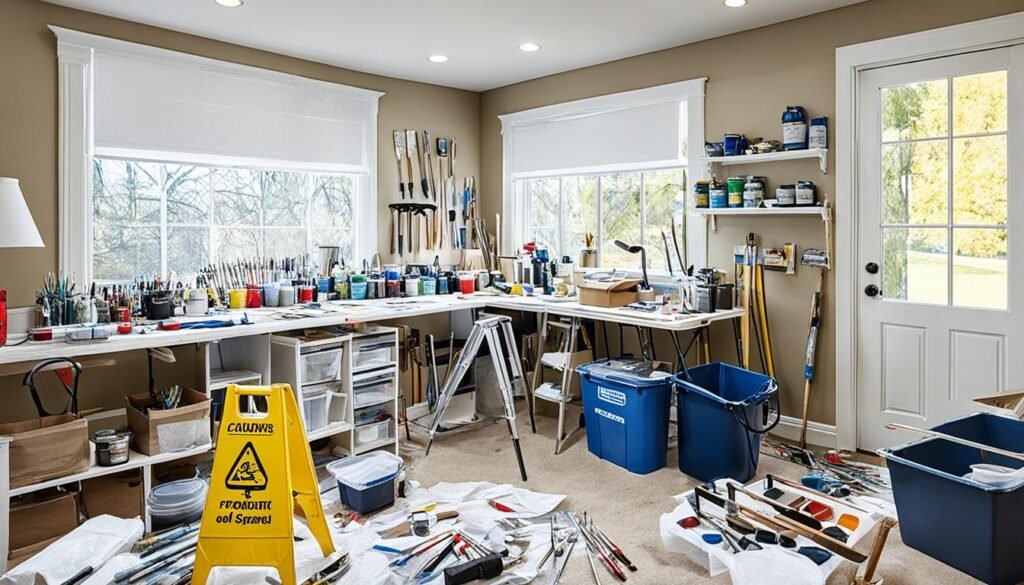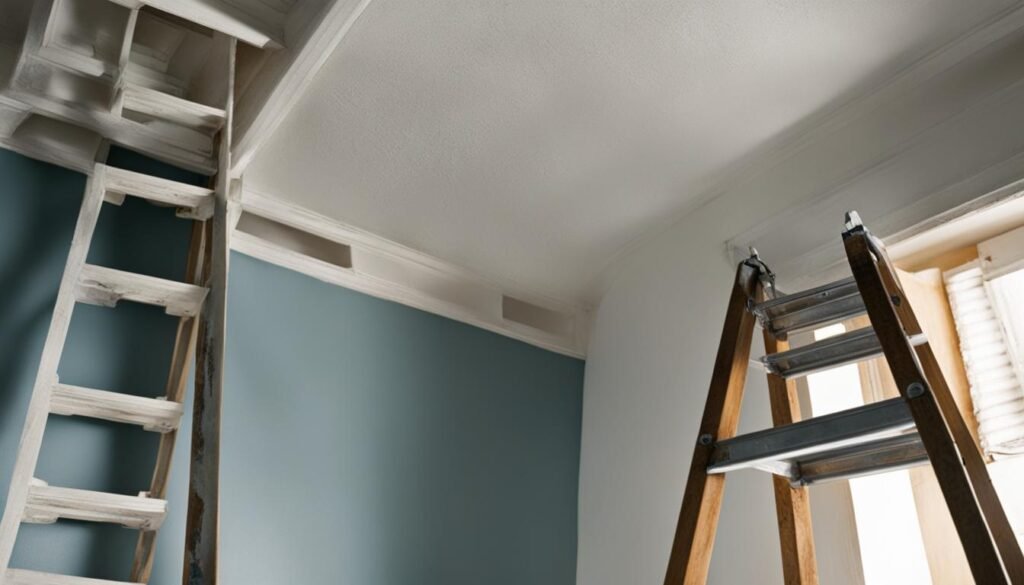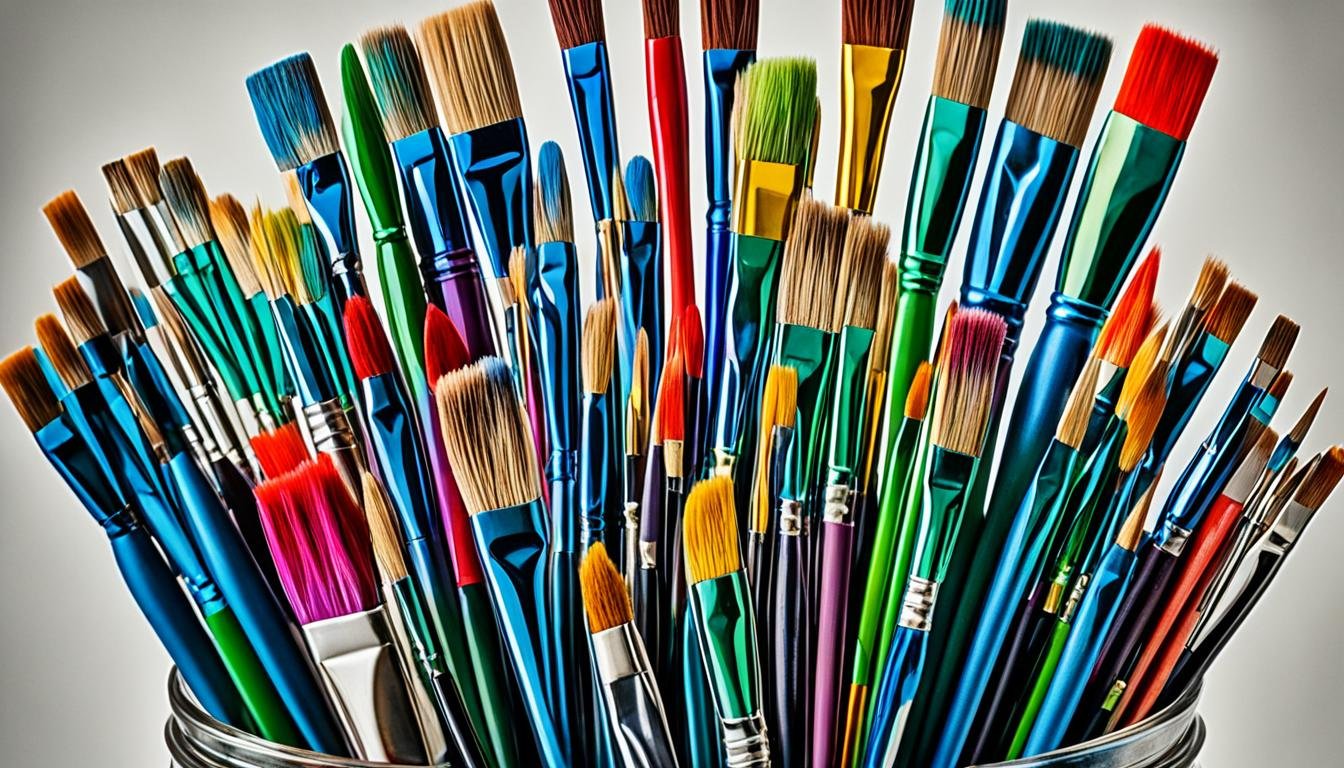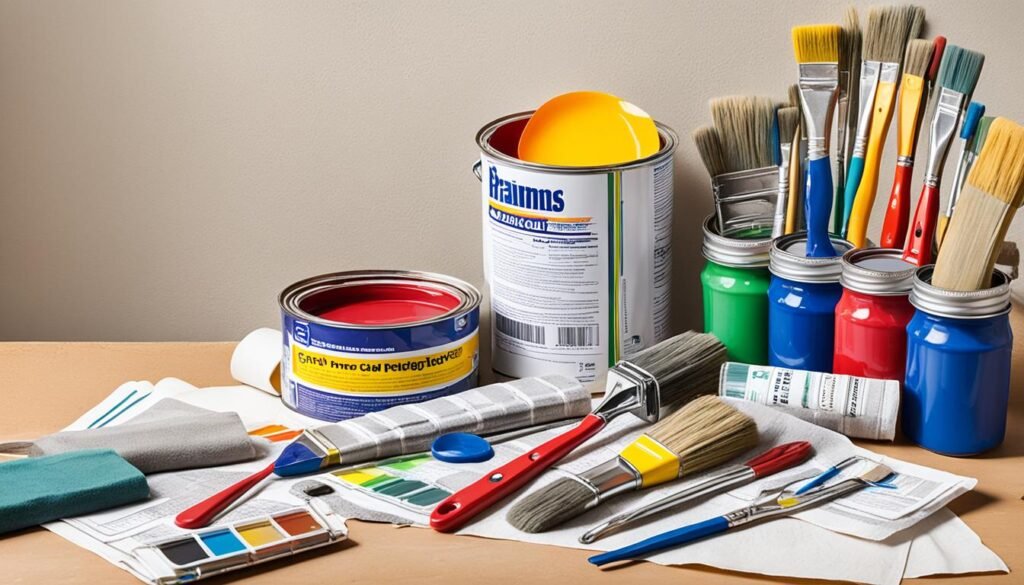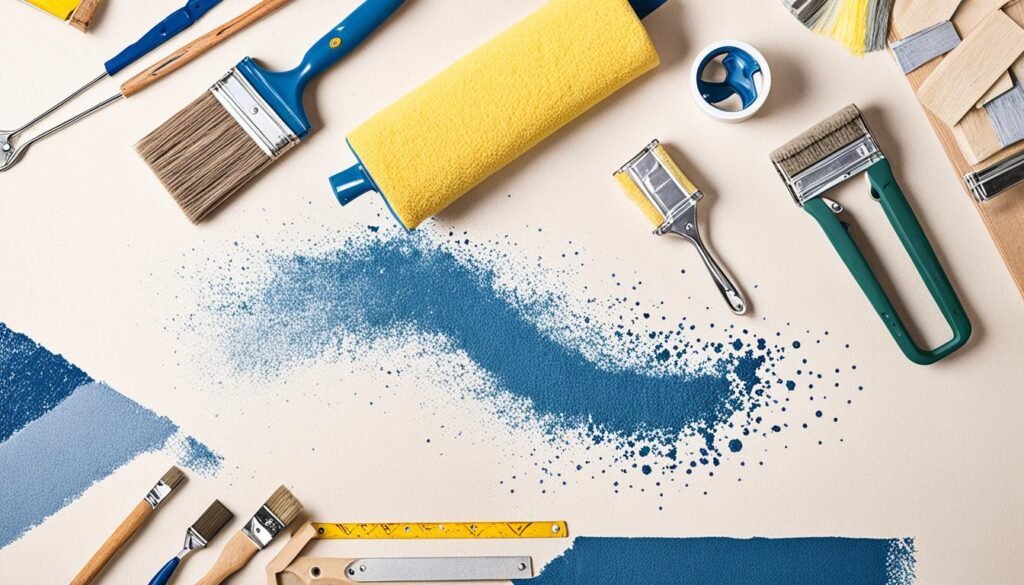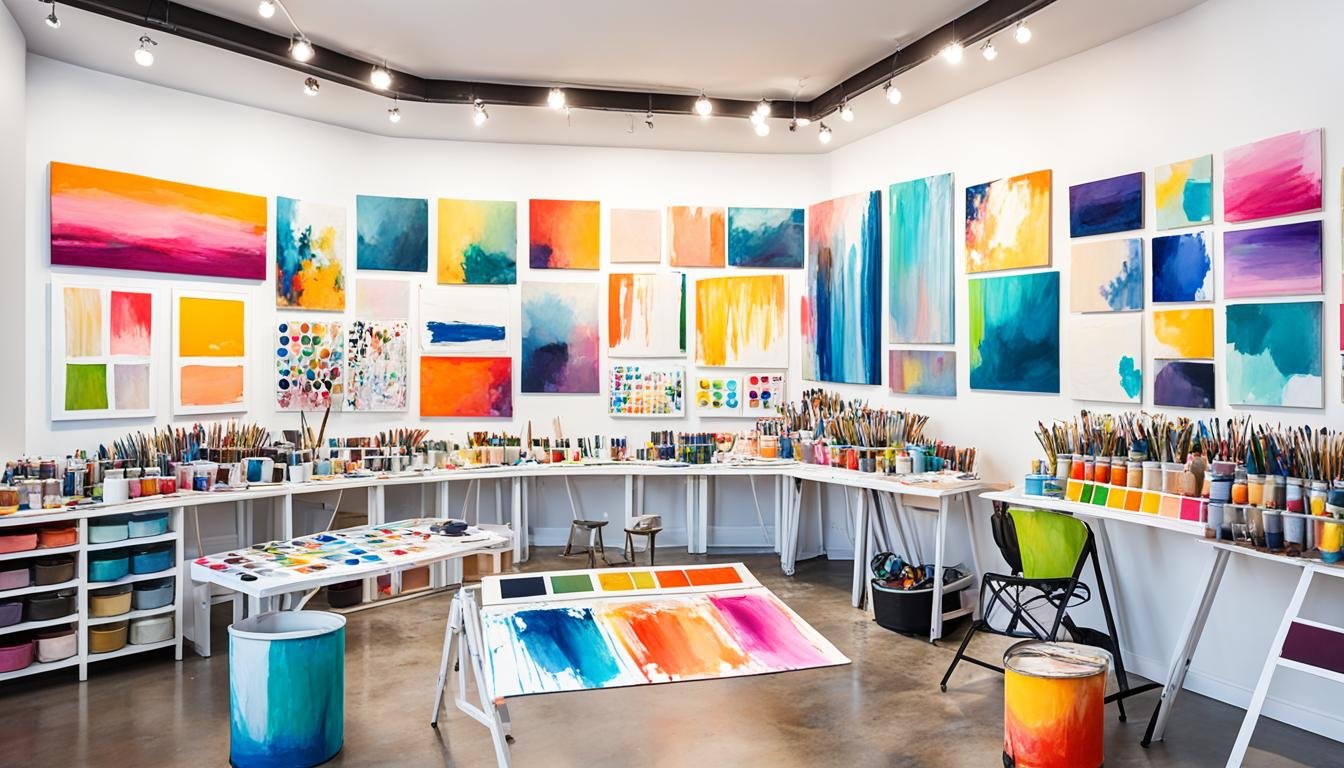Did you know that a fresh coat of paint can completely transform the look and feel of your space? It’s true! Whether it’s your home or office, painting is a cost-effective and impactful way to revitalize any environment. With the help of professional paint services, you can easily breathe new life into your surroundings and create a fresh and inviting atmosphere.
When it comes to home painting services, there are a myriad of options available to suit your needs. From interior painting to exterior painting, professional painting contractors have the expertise to handle any project. They can even provide paint color consultation to help you choose the perfect hues that reflect your style and personality.
So why wait? Give your space the makeover it deserves. Discover the benefits of revitalizing your space with paint and unleash the hidden potential of your surroundings.
Key Takeaways:
- Revitalizing your space with paint is an affordable and transformative solution.
- Professional home painting services offer a range of options, from interior to exterior painting.
- Paint color consultation can help you choose the perfect shades that reflect your style and create the desired mood.
- Revitalizing your space with paint improves the overall atmosphere and ambiance.
- High-quality paint products ensure a long-lasting and durable finish, providing the best value for your investment.
Easy and Affordable Home Improvements with Paint
Looking to give your home a fresh new look? Interior and exterior painting offer easy and affordable home improvement solutions that can instantly transform your space. Whether you want to revamp your living room or enhance your home’s curb appeal, professional painting services can help you achieve your desired results.
Interior Painting: Refresh Your Living Spaces
Interior painting is a powerful way to refresh the look and feel of any room in your home. It allows you to express your personal style and create a new ambiance and atmosphere. Whether you prefer bold and vibrant colors or soothing and calming tones, professional painting contractors can make it happen. They have the expertise and skill to help you choose the perfect paint colors and finishes that suit your taste and complement your existing decor. With their attention to detail and precision, you can expect a flawless and high-quality result that will breathe new life into your living spaces.
Exterior Painting: Boost Your Home's Curb Appeal
Your home’s exterior is the first thing people notice, and a fresh coat of paint can significantly enhance its curb appeal. Whether you want to create a classic look or make a bold statement, professional painters can assist you in selecting the right colors and paint products that suit your home’s architectural style and surrounding environment. With their expertise and attention to detail, they can transform your home’s exterior, making it more inviting and visually appealing.
| Affordable Painting Services | Paint Color Consultation | High-Quality Paint Products |
|---|---|---|
| Professional painting services can cater to your budget and provide affordable options that fit your needs. | A paint color consultation can help you choose the perfect shades that complement your home’s aesthetics and reflect your personal taste. | Professional painters only use high-quality paint products that ensure a long-lasting and durable finish, providing you with the best value for your investment. |
By investing in affordable painting services and utilizing paint color consultation, you can achieve stunning results that breathe new life into your home. Professional painters have the knowledge, expertise, and access to high-quality paint products to ensure a seamless and long-lasting finish.
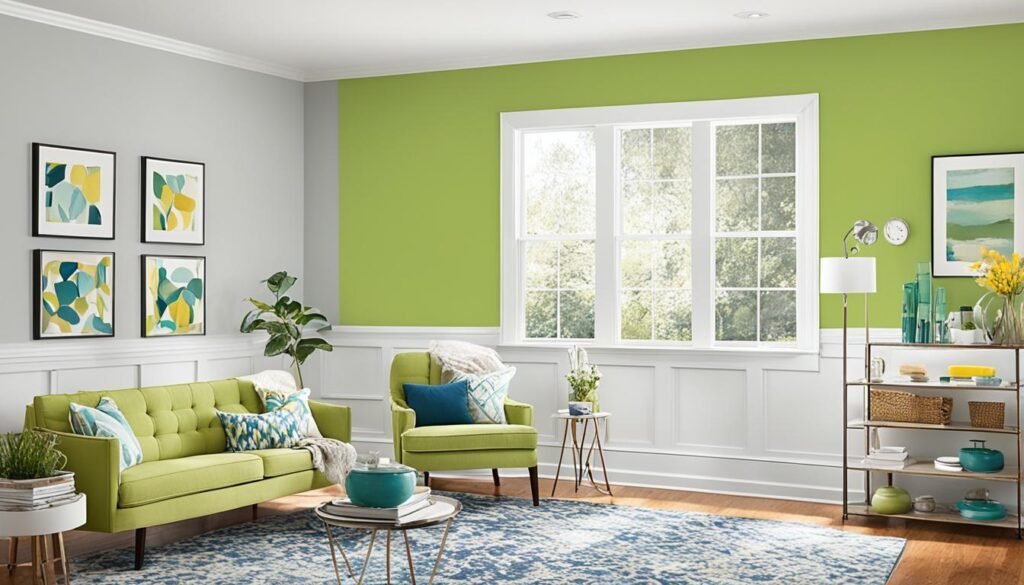
Ready to transform your home? Contact professional painting services today and experience the beauty and affordability of revitalizing your space with paint.
The Benefits of Revitalizing Your Space with Paint
Revitalize Your Space with Paint and see the amazing benefits it can bring to your home. Whether you’re looking to update your interior or enhance your curb appeal, home painting services offer professional paint services that can transform your space at an affordable price.
With a fresh coat of paint, you can instantly improve the overall atmosphere and ambiance of your home. Professional paint services ensure a seamless and professional finish, saving you the hassle and stress of DIY painting. By hiring experts in home painting, you can trust that the job will be done to perfection, giving your space that professional touch.
One of the key advantages of working with professional painters is the paint color consultation they provide. With their expertise, you can choose colors that not only align with your personal style but also create the desired mood in each room. Whether you want a cozy and warm living area or a vibrant and energetic kitchen, a paint color consultation can help you achieve the look and feel you desire.
Moreover, professional paint services guarantee the use of high-quality products that are durable and long-lasting. This means that your newly painted space will remain fresh and vibrant for years to come. From the interior walls to the exterior facade, you can trust that the paint will withstand the test of time, ensuring a beautiful and well-maintained home.
In conclusion, revitalizing your space with paint offers numerous benefits, from transforming the look and feel of your home to improving its overall atmosphere. With professional home painting services, you can achieve a seamless and professional finish, choose colors that reflect your personal style, and enjoy the longevity of high-quality paint products. Don’t hesitate to consider this cost-effective and impactful solution to revitalize your space and create a welcoming environment for yourself and your family.
FAQ
How can professional paint services revitalize my space?
Professional paint services can revitalize your space by giving it a fresh and inviting atmosphere. With a fresh coat of paint, your home, office, or any other space can be transformed into a vibrant and welcoming environment.
What painting services do contractors offer?
Painting contractors offer a range of services, including interior painting and exterior painting. They can also provide a paint color consultation to help you choose the perfect colors that reflect your style and personality.
Is painting an affordable way to improve my home?
Yes, painting is one of the easiest and most affordable ways to improve your home. With affordable painting services, you can update the look of your space without breaking the bank.
How does interior painting enhance my home?
Interior painting can instantly refresh the look of any room, creating a new ambiance and style. Whether you prefer bold and vibrant colors or serene and calming tones, professional painting contractors can help you achieve the desired effect.
Will exterior painting improve the curb appeal of my home?
Yes, exterior painting can greatly improve the curb appeal of your home. By choosing the perfect shades that complement your home’s architecture, you can make your home more attractive and inviting.
Why should I hire professional paint services?
Hiring professional paint services ensures a seamless and professional finish, eliminating the hassle and stress of DIY painting. Professional painters also use high-quality paint products that guarantee a long-lasting and durable finish.
What are the benefits of a paint color consultation?
A paint color consultation helps you choose colors that reflect your personal style and create the desired mood in each room. It ensures that the chosen colors complement each other and enhance the overall atmosphere of your space.
How will my space benefit from a fresh coat of paint?
A fresh coat of paint instantly transforms the look and feel of your space. It improves the overall atmosphere and ambiance, making your home more inviting and enjoyable for you and your guests.




